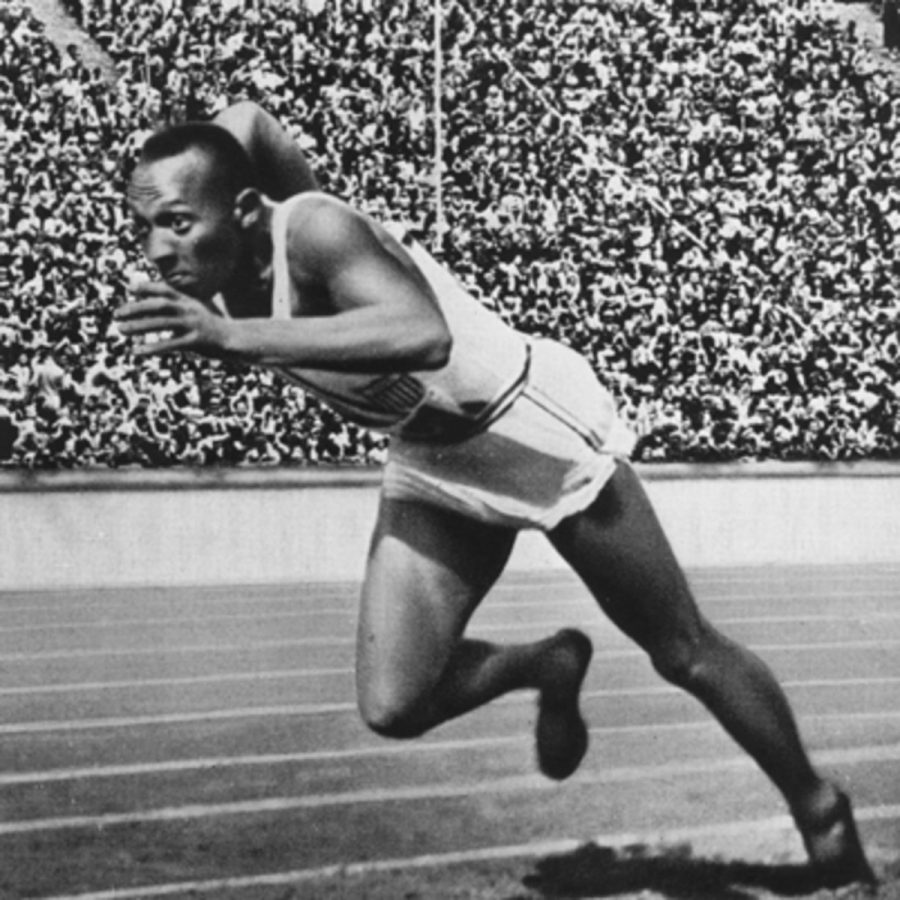Why do athletes continue to improve?
February 6, 2020
It is no question that athletes and their sports have continued to evolve over the course of time. However, what accounts for these constant improvements?
Technology accounts for many of the advancements in sports. New technology allows for athletes to be trained in more efficient ways and also creates more game-like situations in practice.
Moreover, also improves games and eliminates as many errors as possible. It allows for the athlete’s actual talents to be showcased.
Jesse Owens was considered one of the fastest runners of his time. He won the 100-meter dash at the 1936 Olympics with a time of 10.3 seconds.
Usain Bolt is currently the fastest male runner in the world, and in the 2013 Olympics, he ran the 100-meter dash with a time 9.77, which he has since beaten with a time of 9.58.
Owens ran on a track made of wood ash and dirt, and at the start of the race, was handed a shovel to dig himself footholds for his starting blocks.
Jesse Owens amazed Olympic spectators at the 1936 Olympic games when he won the 100-meter dash with a time of 10.3. Owens was considered one of the fastest of his time as he not only won the 100-meter dash but also the 200-meter dash and winning the 4×100 meter race with his relay team. Usain Bolt set a record time of 9.77 in 2013 in the 100-meter dash.
Had Jesse Owens been running in the same race as Bolt, he would have been the last to finish. In contrast to Owens, Bolt was running on a carpeted track with the most modern (for its time) starting blocks. Had Owens used the same technologies as Bolt he would have been within one stride of Bolt.
Bolt and Owens are almost equal in terms of speed, but the innovation of sports equipment, training, and race conditions account for Owens’ seemingly slow time in comparison to that of Bolt’s.
The games and the strategies behind sports themselves have also begun to evolve. Coaches and trainers had to make a shift from collective to specialized training. In doing that it allowed for athletes to excel in their specific sport.
There was a time when the average shot put throwers and high jumpers were, on average, the same size.
Modern day high jumpers are often lanky and tall with strong sender legs, while shot put throwers, are to be more muscular, agile, and explosive.
Although technology and strategy play a big part in the progression of athletes, the mind set of how athletes train and perform has altered greatly over the years.
Kermit Washington was a high school and collegiate stand-out when it came to basketball. He was drafted to the NBA after only a few years of playing college basketball. However, once he arrived at the NBA, he barely played his first 3 seasons. Although he had the height and some basic skills, he was not quite ready to perform at a national level.
The mindset of NBA players was that if you were skilled enough to make it into the NBA, then you should not have to continue to hone those skills. This flawed mindset allowed for good players to remain stagnant despite their potential.
Washington recognized that if he wanted to continue to play in the NBA, he would have to train and practice more on his own. Washington’s rapid improvement led to a sudden change in the mindset of not just NBA players, but athletes all around.
The mindset of NBA players was that if you were skilled enough to make it into the NBA, then you should not have to continue to hone those skills. This flawed mindset allowed for good players to remain stagnant despite their potential.
The new technologies of modern sports have allowed for athletes and teams to accomplish more than what had been done before. Athletes train with the intent to be the best which seems like common sense now, but then was a ground breaking idea.


